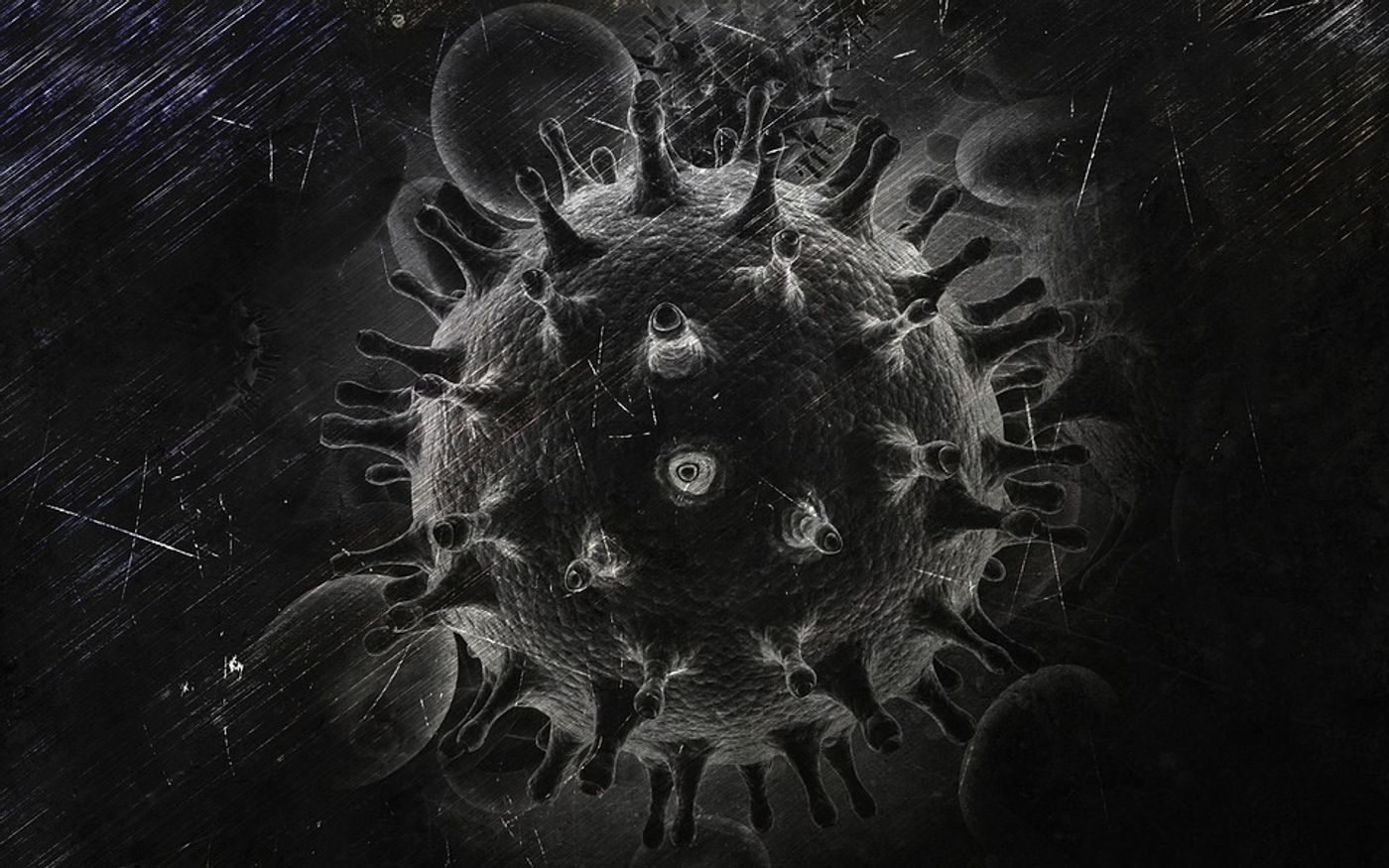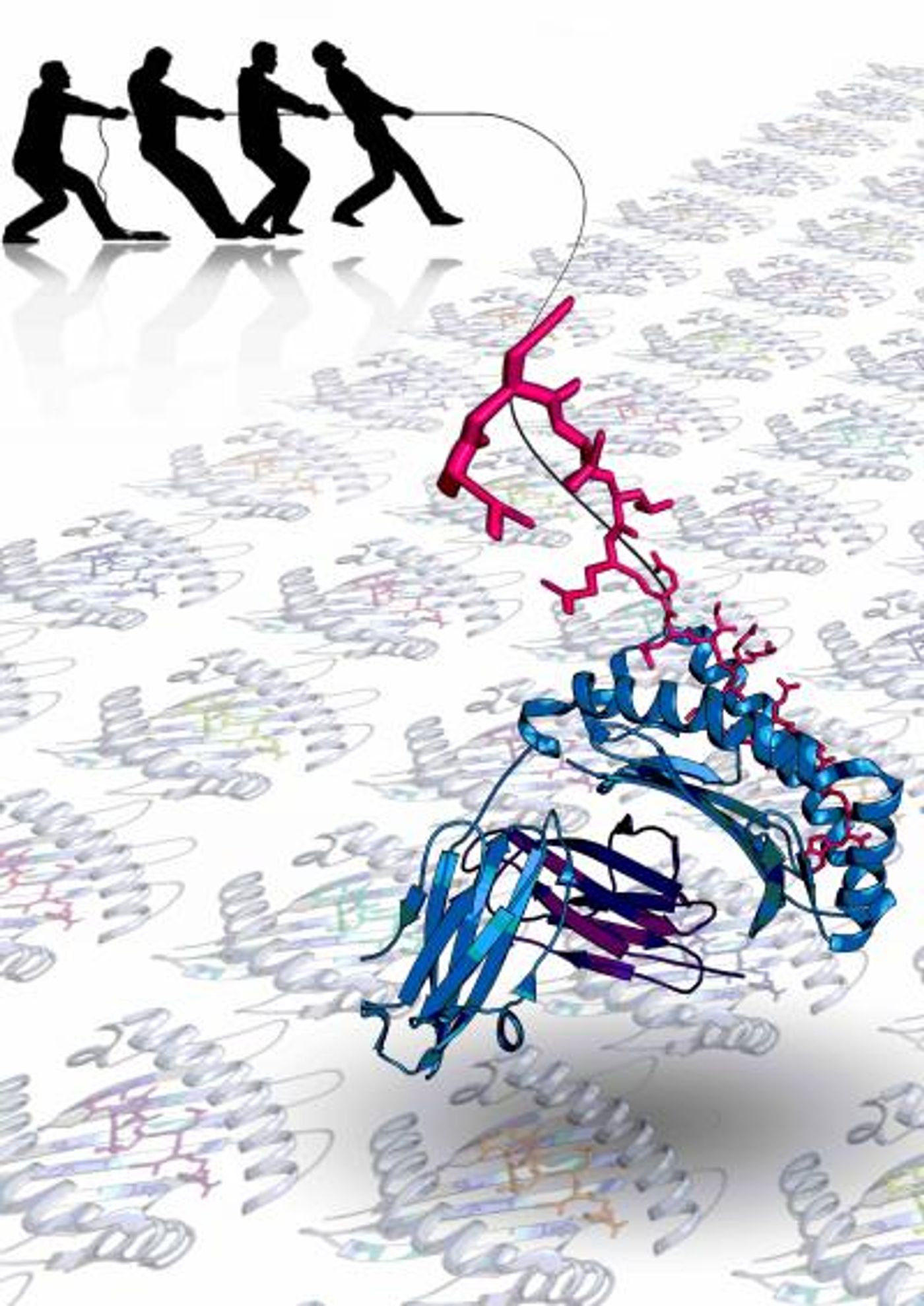HIV Plays "Hide and Seek" With Our Immune System
Human immunodeficiency virus, notoriously known as HIV, appears untouchable by the immune system, resulting in millions of HIV-related deaths over the past three decades. Researchers from a new study are captivated by the “molecular detail” in which HIV sneaks past the most complex immune defenses.
"This work uncovers a novel mechanism for HIV immune escape, which will be important to incorporate into future vaccine development and may have broader implications for immune recognition of MHC molecules," explained principal author Dr. Julian Vivian.
Vivian is part of a massive collaborative effort between the Systems Immunity Research Institute (SIURI) at Cardiff University and the Monash Biomedicine Discovery Institute (BDI), which is dedicated to multiple research projects investigating the intricacies of the immune system.
Unfortunately, HIV has evolved to become resistant to one of the immune system’s most powerful protective strategies: the major histocompatibility complex (MHC). By evading this immune mechanism designed to alarm the rest of the immune system of HIV presence, HIV quickly bypasses an immune stronghold that keeps almost all other bacteria, viruses, and other pathogens at bay.
MHC is a part of the immune system responsible for displaying pieces of HIV on the surface of cells as a warning flag to other immune cells: T cells and natural killer cells that go on to activate macrophages that engulf and kill pathogens and B cells that produce antibodies to target pathogens.
The complex is separated into MHC-I and MHC-II specific genes with multiple variants of each gene in the entire population. Every individual contains a unique set of MHC molecules. But in the case of HIV, mutations in the virus cause MHC to respond to evolving viral DNA in such a way that renders mutating HIV “invisible” to the immune system. In this way, the careful evolution of HIV led to what researchers are calling the “escape mutant.”
Responding to the escape mutant is a topic of many current research studies, and scientists are on the edge of perfecting immunotherapies that “re-enlighten” the immune system to recognize the presence of HIV despite its evasive techniques.
Vivian’s study was recently published in the journal Nature Structural and Molecular Biology.
Sources: Monash University, Immunobiology: The Immune System in Health and Disease. 5th edition
-
MAY 07, 2024Is It Anti-RNP or Anti-Sm/RNP?
- See More
-
APR 30, 2024Immuno-Oncology Virtual Event Series 2024
-
MAY 07, 20243rd International Biosecurity Virtual Symposium
-
JUN 06, 2024The Future of Scientific Conferencing
- See More



















































